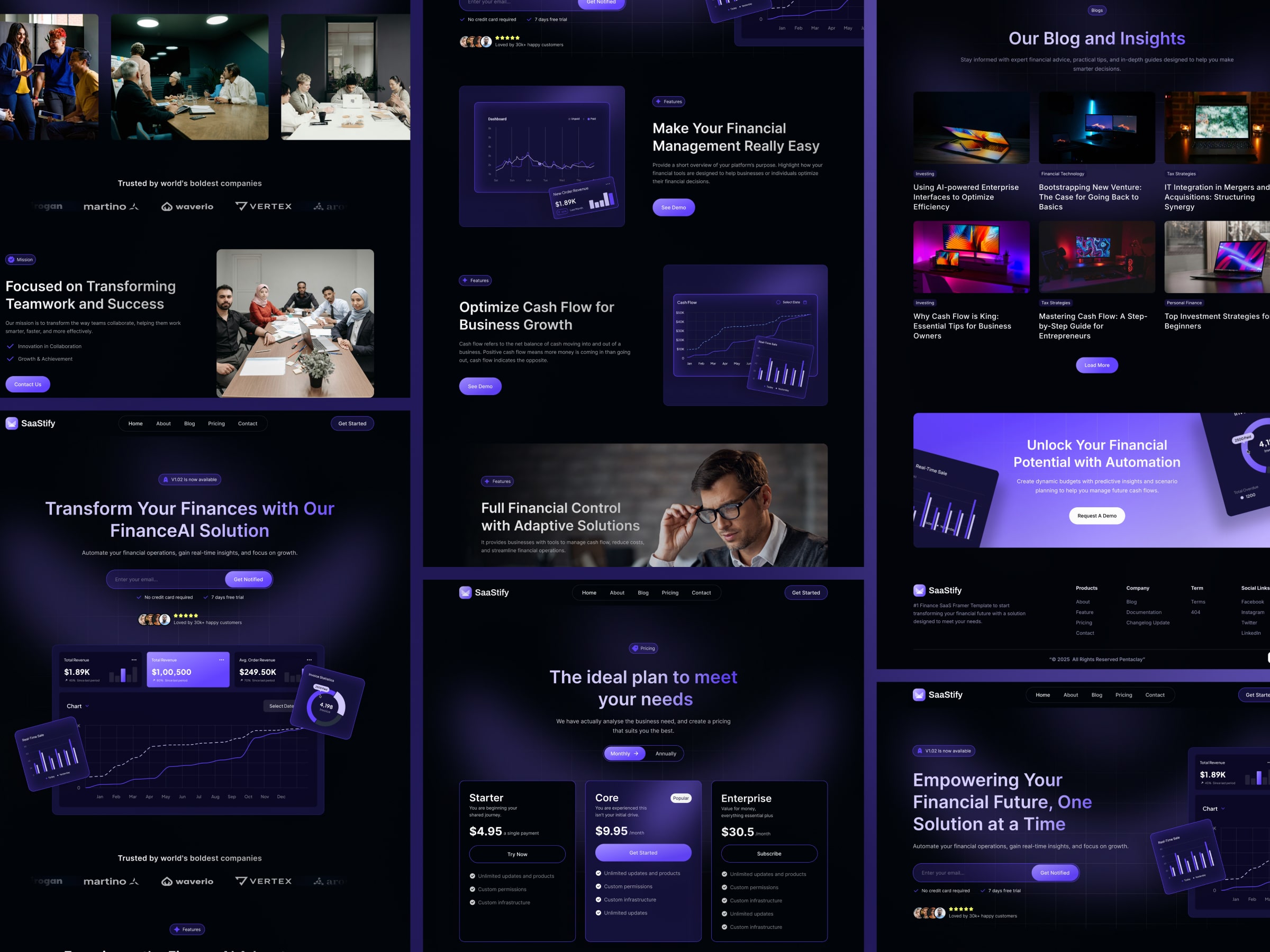Apr 30, 2024
|
5 min read
As businesses seek competitive advantages in an increasingly digital world, Software as a Service (SaaS) based Artificial Intelligence (AI) solutions have become a game-changer. The flexibility, scalability, and cost-effectiveness of SaaS AI make it an attractive option for companies looking to integrate advanced AI capabilities into their operations. In this blog, we will explore practical steps on how to effectively use SaaS AI to transform business processes and drive results.
Step 1: Define Your Objectives
Before diving into the world of SaaS AI, it’s crucial to clearly define what you want to achieve. Are you looking to improve customer service, streamline operations, enhance decision-making, or boost sales? Setting clear objectives helps you choose the right SaaS AI tools and measure success effectively.
Step 2: Choose the Right SaaS AI Provider
Not all SaaS AI solutions are created equal. Selecting the right provider is critical and depends on several factors:
Relevance to Your Industry: Look for solutions that are tailored to your specific industry needs. For instance, a healthcare provider might need a different set of AI capabilities compared to a retail business.
Scalability: Ensure the solution can scale as your business grows. Check how easily you can add more features or handle more data.
Security: Given the cloud-based nature of SaaS, robust security features are essential to protect your data.
Step 3: Integrate with Existing Systems
Integration capabilities are a must for any SaaS AI solution to be effective. Ensure that the AI tools you choose can seamlessly integrate with your existing business systems, such as CRM, ERP, or data analytics platforms. Proper integration allows for a smoother workflow and enhances the overall utility of the AI solutions.
"The field of AI is rapidly evolving. Staying updated with the latest developments and upgrades from your SaaS AI provider can help you maintain a competitive edge." - Erfan, Interaction Designer
Step 4: Train Your Team
For a SaaS AI implementation to be successful, your team needs to understand how to use the new tools. Invest in training sessions that are specific to your chosen AI solutions. Many SaaS providers offer training as part of their service package. Take advantage of these resources to ensure your team is well-equipped to use AI tools effectively.
Step 5: Monitor Performance and Adapt
Once your SaaS AI tools are up and running, continuously monitor their performance against your initial objectives. Look for improvements in efficiency, reductions in costs, or enhancements in customer satisfaction, depending on your goals. Use the insights gained from the AI tools to make informed decisions and iteratively refine your processes.
Case Study: Improving Customer Service
Consider a retail company that implemented a SaaS AI solution to enhance customer service. By using AI-driven chatbots, they were able to provide 24/7 customer support. The chatbots were integrated with the company’s CRM system, allowing them to deliver personalized responses based on customer history and preferences. This not only improved customer satisfaction but also freed up human resources to handle more complex queries, thus optimizing overall workforce efficiency.
Conclusion
Adopting SaaS AI can significantly transform how businesses operate, making them more efficient, agile, and customer-focused. By following these practical steps, companies can ensure they are not just adopting technology for the sake of innovation but are making strategic use of AI to meet their business objectives. Remember, the key to successful implementation lies in clear objectives, choosing the right tools, effective integration, continuous training, and adaptability to change. With these steps, you can unlock the full potential of SaaS AI and pave the way for a smarter, more data-driven future.








